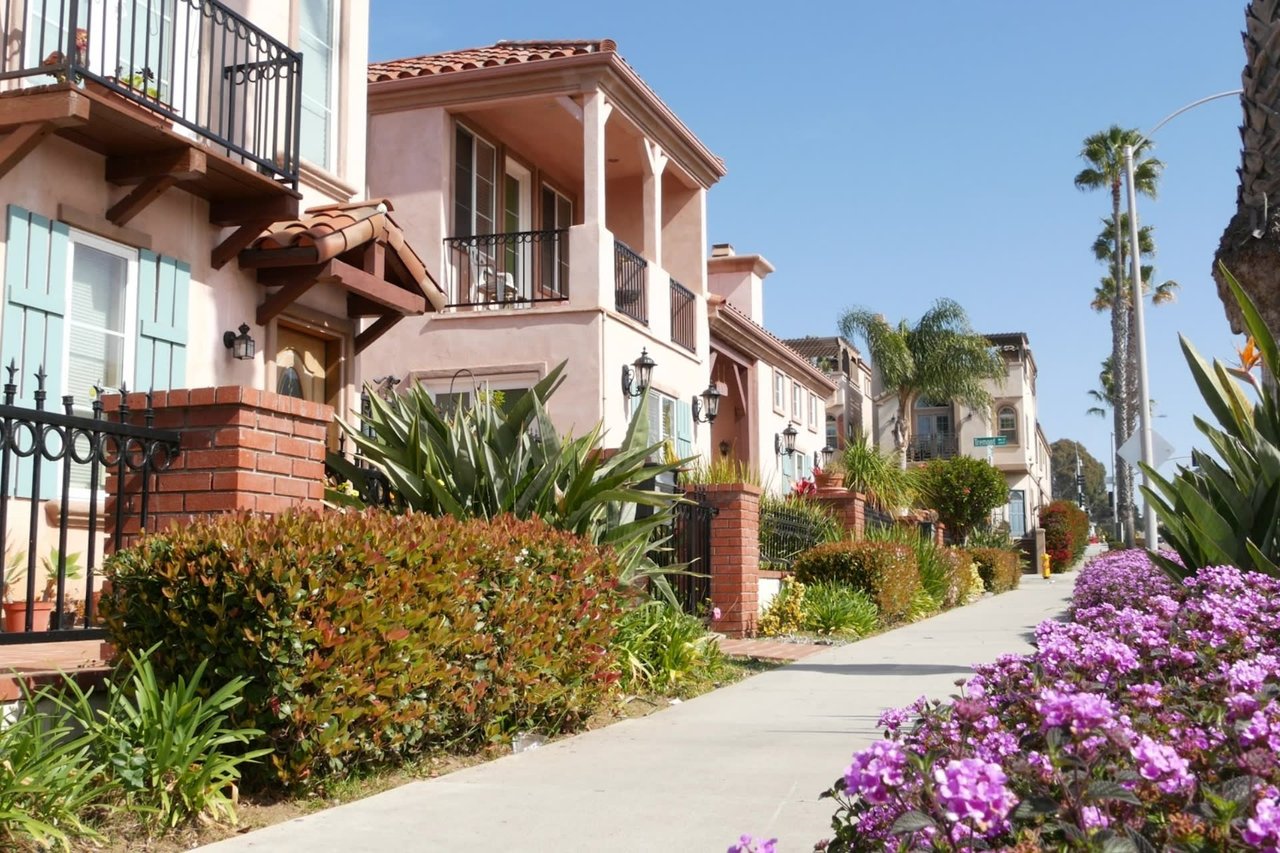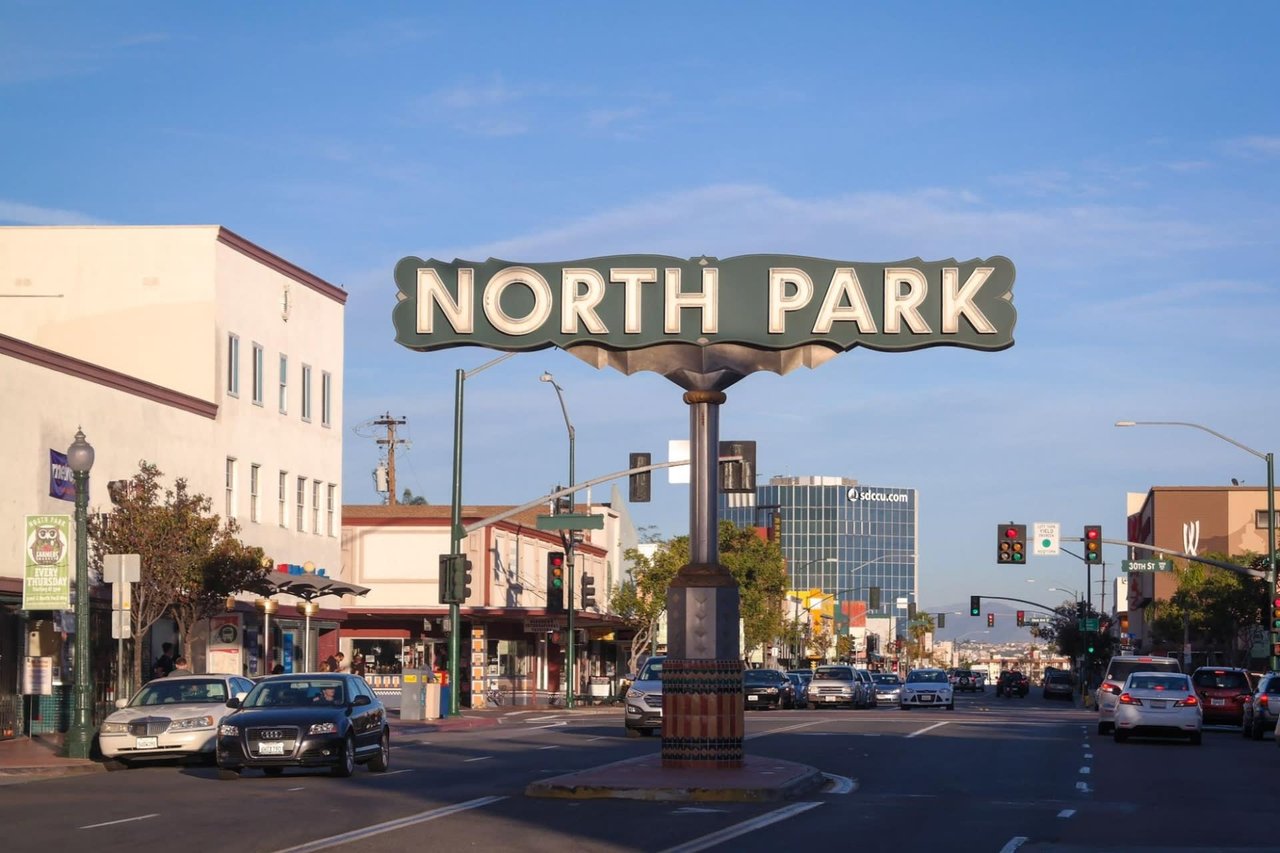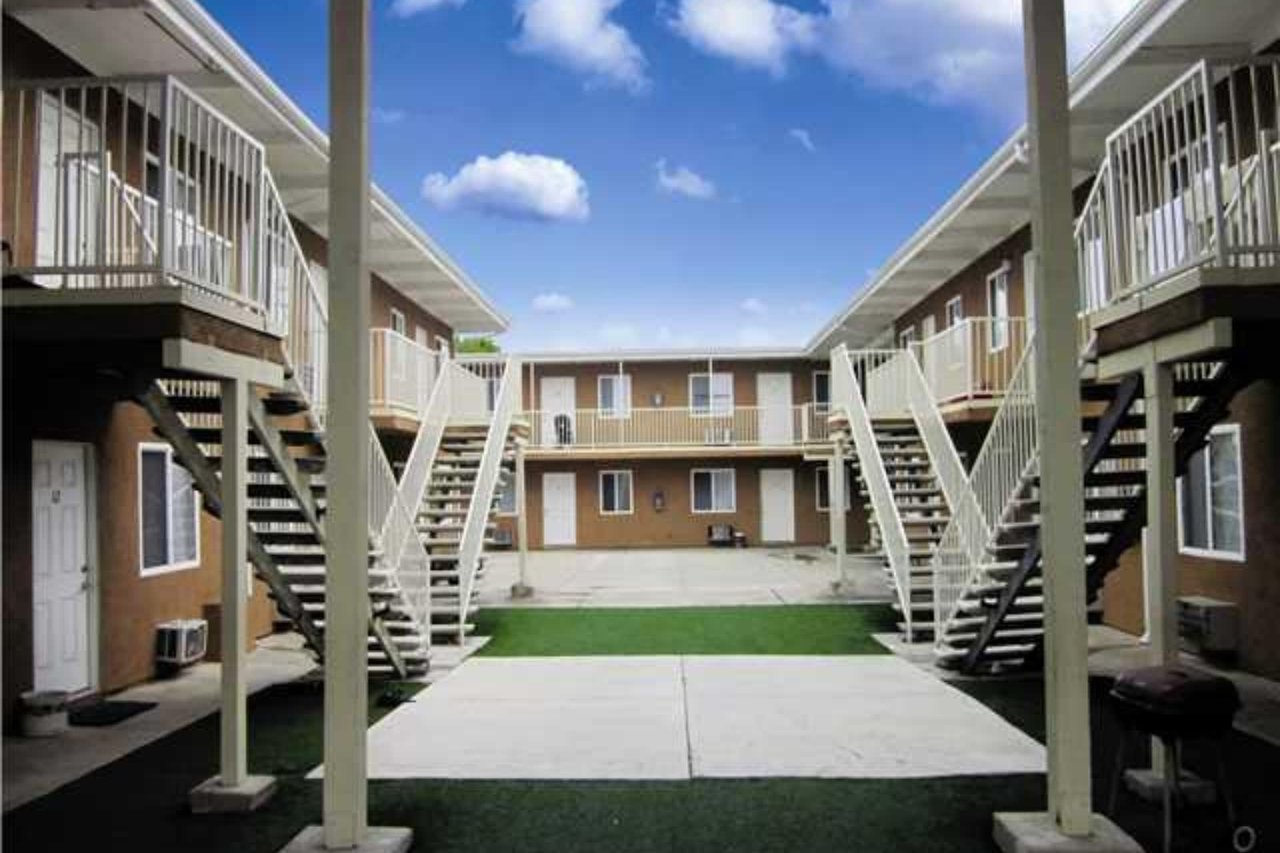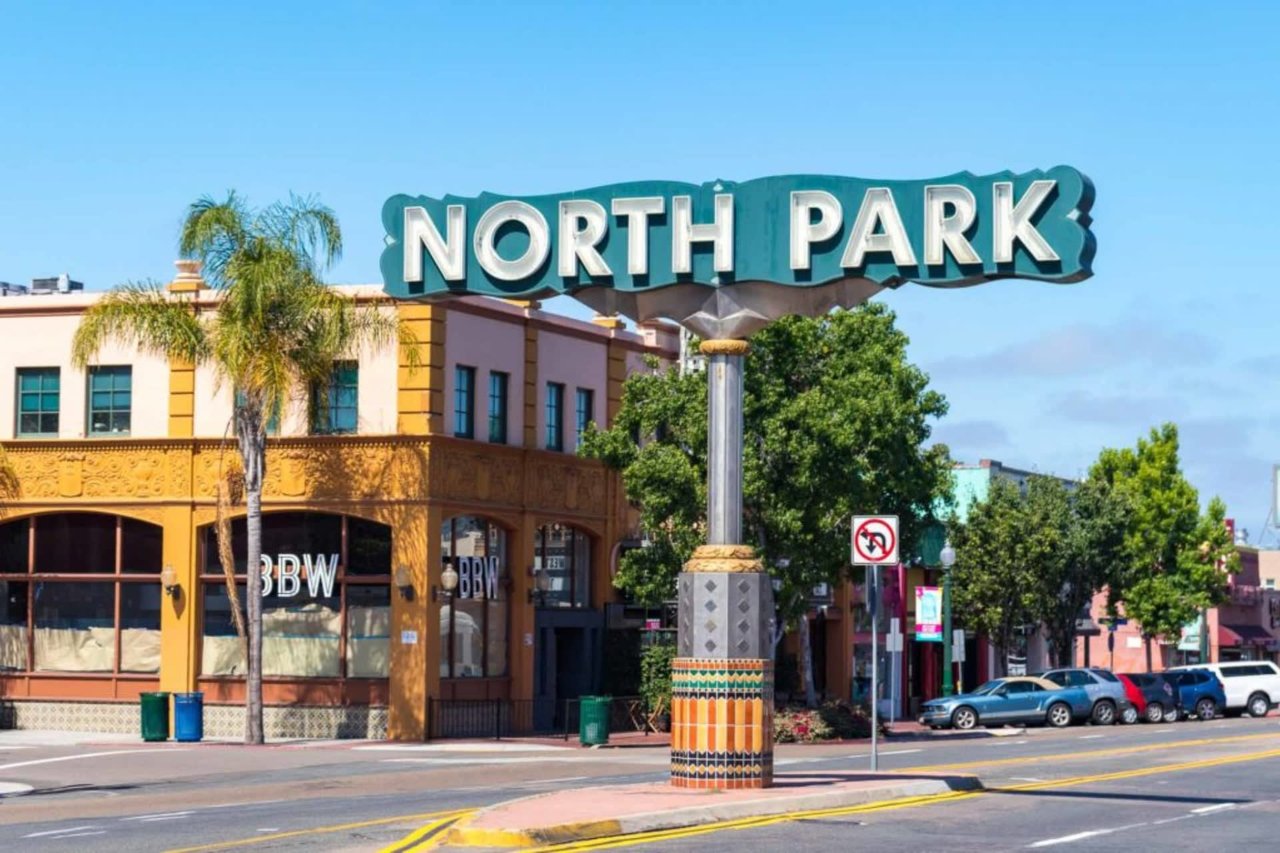The 1031 Exchange provides a timeline and guidance for diversifying and building your real estate investment portfolio if used correctly. The following information will help you understand the 1031 Exchange, so you can properly use it when investing in Chula Vista or Pacific Beach real estate.
What is the 1031 Exchange?
The United States Internal Revenue Code, Section 1031, allows you to defer paying capital gains taxes when replacing your real estate investment with a new investment purchase. For example, you could replace your previous Pacific Beach real estate investment with a Chula Vista condo. The goal of this code is to encourage new real estate development. If you follow the rules, you can continue deferring capital gains taxes for as long as you choose. In fact, if your estate is planned correctly, and you leave the real estate to an heir, then you can avoid paying capital gains tax entirely. However, before employing the 1031 Exchange, it’s vital to understand each step thoroughly, as one misstep could derail the whole exchange.
Rules of the 1031 Exchange
The 1031 Exchange can come across as complex; after all, it’s a government-written tax code with a lot of industry jargon. However, you can follow five basic rules to succeed in your exchange.
-
The replacement property cannot be of lesser value than the real estate sold. If you sold Pacific Beach real estate and purchased a less-expensive Chula Vista condo for sale, you would receive a capital gain and be taxed appropriately. For the 1031 Exchange to apply, the new property must be of equal or greater value than the one sold.
-
The replacement property must be identified within 45 days and purchased within 180 days of the sale of your previous property.
-
Investment real estate cannot be your primary residence.
-
The same company or individual must make all transactions—i.e., you cannot qualify if you sold the old property in your name and purchased the new one in your company name.
-
You cannot access any of the funds at any time during the transaction.
What properties are eligible?
Eligible real estate must be of equal or lesser value and be of “like-kind.” This means it must also be an investment property and not your primary residence. It doesn’t have to be the same kind of real estate, meaning you could, for example, swap out a home in Pacific Beach for a condo for sale in Chula Vista. You could also sell a single-family residence and purchase a multifamily residence, just as long as the property is investment real estate in the United States. It’s important to note that the mortgage value must also be the same or greater value. If you had $75,000 left on the mortgage for the property you sold, you need to have a mortgage for at least $75,000 on the new property.
How do you find replacement property?
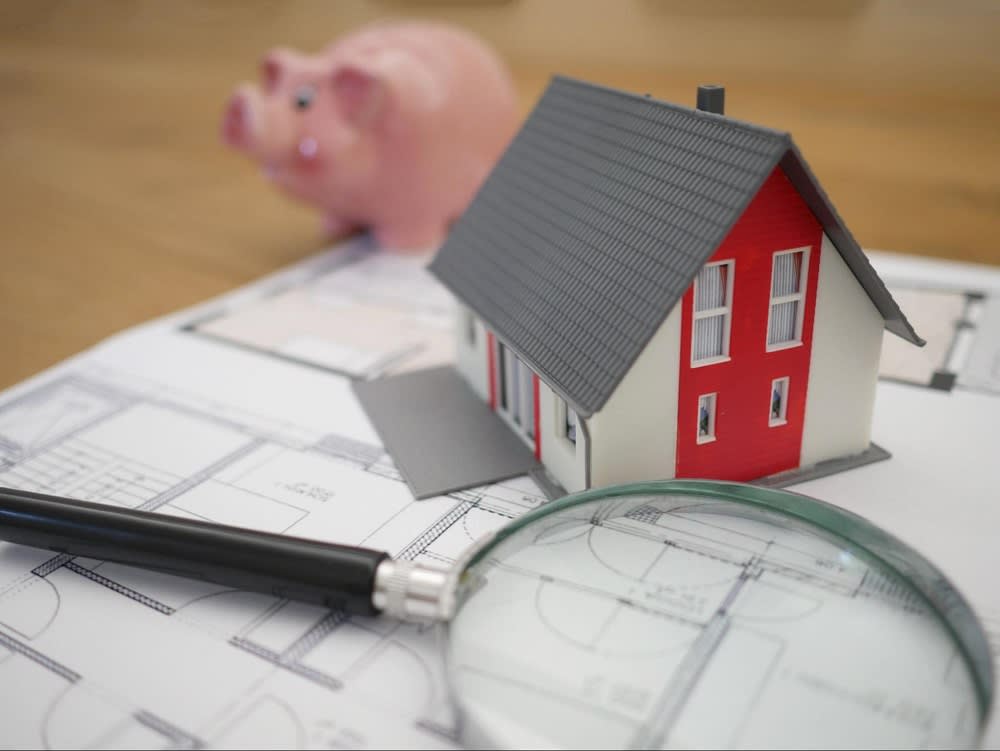
When identifying Pacific Beach real estate to serve as your replacement property, there are three tactics to keep in mind.
-
The 3-property rule allows you to identify three properties, regardless of their value.
-
The 95% rule allows you to identify unlimited properties if the real estate purchased is worth at least 95% of the value of the property sold.
-
The 200% rule allows you to identify unlimited properties, provided the combined value isn’t more than 200% of the value of the sold real estate.
When looking for replacement real estate, be sure to investigate the Opportunity Zones available. Opportunity zones are areas identified in each state that provide additional tax incentives because they’re in urban or rural areas with low incomes.
What types of exchanges exist?
The different types of exchanges refer to the timing of the sold property versus the new property purchase. If you follow the timeline, as laid out in the instructions, to purchase new property within 180 days of selling the previous property, you can partake in a delayed exchange. When you buy and sell real estate at the same time, it’s called a simultaneous exchange. A reverse exchange happens when you purchase the replacement property before selling the original real estate. You can use build-to-suit real estate for 1031 Exchanges, aptly called a build-to-suit exchange. If you buy the build-to-suit property while selling the previous real estate, it is called a simultaneous build-to-suit exchange.
What are the deadlines?
Start looking for replacement property early if you want to sell one of your investment properties and take advantage of the 1031 Exchange. You’ll have 45 days after your real estate is sold to identify replacement property, and you’ll need to close on a property within 180 days—including weekends and holidays. Working with an experienced real estate agent will help you stay on track and meet your deadlines. You’ll want to identify a few different options for your new property, as some may receive other offers, and some may not suit your needs. It takes time to find the perfect replacement real estate, complete the inspections, and finally close. Thus, you shouldn’t wait until your current property sells to start the replacement and exchange process.
Who can help?
A 1031 Exchange is a complicated process and will require the help of qualified professionals. One of those professionals is a Qualified Intermediary. Since you cannot touch any of the funds from the sale, or transfer the money to the replacement property, a Qualified Intermediary will need to handle the funds for you. They’ll accept the funds from the sale of the property and hold on to them until they’re required to use for your replacement property, then they’ll transfer them at the appropriate time. Your Qualified Intermediary should be someone you trust and who has experience working on 1031 Exchanges. It cannot be an agent of yours, like an employee, your banker, your attorney, or your accountant. However, those are good people to get a referral from if you don’t already know of a Qualified Intermediary. You’ll also need an experienced real estate agent who understands how the 1031 Exchange works and has experience with investment properties to help you through the exchange process.
Searching for San Diego real estate for sale?
The realtors at The Beacon Group are happy to answer your questions about using the 1031 Exchange when buying or selling San Diego real estate. The Beacon Group can guide you through the entire process with excellent market analysis and customer service. Contact The Beacon Group today!


